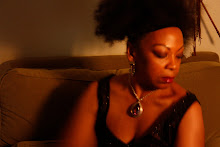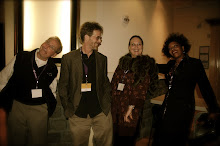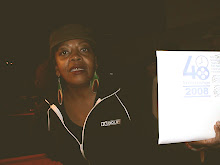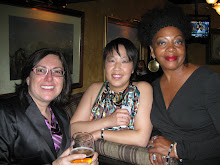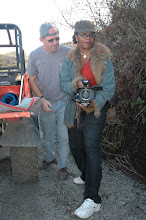 |
| Photo by Dinah deSpenza |
Using the elements of earth, land,
and water, Fogelman, maps water histories with art as she presents – a visual
history of water, land and people at the FLOAT Gallery.
FLOAT, an urban art spa is the only
floatation center art gallery in the San Francisco Bay Area.
“In Hebrew, ומים אדמה ,דם ,אדם adam, dam, adama and maiem; translated
as human, blood, land and water – all share the same root. My series, Body,
Land and Water is my attempt to create a space addressing the need to reconnect
the link between art, language, people, land and water. I want to create a
connection between the past collective ideas and the archetypal symbols and our
current culture, a grounding place where one can reconnect with the original
concept and structure of balance,” says Fogelman.
Grace Munakata, Professor of
Pictorial Art at CSUEB says, “Rozita believes the distractions of our
multi-tasking culture need balance, and hopes to create a quiet, interactive
space where viewers can respond to the artwork in a meditative manner, perhaps
reminding us of our actual connection and dependence on elements of earth and
water, and of our collective consciousness as a society.”
“Such a feast for the eyes. Her work is beautiful, says Jan
Martinez, Administrative Support Coordinator, CSUEB Art Department.
“Absolutely stunning, I love it,” says Raquel Arcia, Graduate
Coordinate of CSUEB Multimedia Department.
Having pioneered a unique
Interdisciplinary Master program between the Multimedia, Communications and Art
Studio practice, Fogelman earned her M.A. in Multimedia Disciplinary Media Arts
in spring of 2011.
Originally from Tbilisi, Georgia,
the Russian born artist sees visual communication as her first language out of
five.
Her life long diasporic journey
between her dislocated identities was the driving force of her fascination to
express through art.
As a feminist, her life long
dedication to create art professionally came from a need for free speech and
expression.
“In Russia, my family suffered from
violent outbreaks of anti-Semitism. I witnessed many of the events of Jews
being attacked. In 1969, when I was 5 years old, the Russian KGB arrested my
father, sentencing him for five-years in a Siberia jail. The agony of the trip
to visit him in a jail in 1971 will remain with me forever. After the rumors
spread about my father being sent away, I fell victim to assault and was abused
by the neighborhood children. My early childhood was plagued with fear,
betrayal and insecurity,” says Fogelman.
According to Samuel Beckett, one of
the most influential writers of the 20th century, “The fundamental
tension between human frailty and the expressive instinct of human culture has
never kept humans from seeking refuge in art and turning to it to try to
comprehend tragedy.”
In 1975, her family left Russia
immigrating to Israel, and settled down in the mountains of Jerusalem,
Mevaseret Zion.
In Jerusalem she studied Hebrew for
the first time, and got close to the multi-cultural dynamic under an intense
religious backdrop.
Land and water represented a source
of regeneration of the physical body for Fogelman.
“A year after my family graduated
from the Hebrew Ulpan in Mevaseret Zion, we moved to the city of Bat-Yam,
located on the Mediterranean Sea on the central coastal strip, just south of
Tel Aviv Jaffa.
“Living by the Mediterranean Sea
was healing and transforming. It was a dream come true for me,” says Fogelman.
Fogelman’s new exhibit, “Transient
Spaces,” explores symbiotic dualities – change and stability.
“She is also interested in the
inherent change in the appearance of the work while it is literally wet, and
after each layer dries. The work
must be done on a flat surface allowing for heavy textures reminiscent of rain
drenched earth worked over rhythmically with tools.
Although she is selective about the
colors she uses, their hues/contrast shift significantly when dry, a metaphor
for spiritual changes and the impact of weather and time on land,” says
Professor Munakata.
“Your paintings make me think,
feel, and look harder at what I thought was there,” says Rosanne Harris,
Academic Policies/Curriculum Coordinator at CSUEB.
Transient Spaces” opened September
11th and runs through October 29th.



